Fateful Svensksund – artefacts from the St Nikolai shipwreck
The Russo-Swedish War of 1788–1790 between Russia and Sweden practically ended with the largest naval battle in the history of the Baltic Sea, which took place in Svensksund in front of the present-day city of Kotka on 9–10 July 1790. Sweden’s victorious fight was only a momentary rescue for King Gustav III, who had driven himself into a dead end in several ways, but he left the mouth of the Kymijoki River with his crown still on his head and his skin intact. Started by Gustav to restore Sweden’s great power status, or at least honour, the war cost the lives of tens of thousands of people, resulting in the Treaty of Värälä, which left the border between the kingdoms ruled by two cousins unchanged. For future generations, the battles of Svensksund at least left behind a treasury of historical knowledge in the form of ships that sunk to the bottom.
The best-known and most closely studied of the vessels that met their fate in Svensksund is undoubtedly St Nikolai (Svjatoi Nikolai), one of the Russian archipelago fleet’s rowing frigates, which were brand new at the time. The ship was approximately 40 metres in length, 9.75 metres in width and only 3.35 metres in draught because of the shallow coastal and archipelago waters. The ship’s largest manpower was estimated at 350–400 men, and its combat equipment of 38 guns, reinforced with smaller guns, made it a significant tactical asset.
The first shots of the Second Battle of Svensksund were fired against the Swedish navy, which had escaped from Vyborg Bay just a week earlier with heavy losses. The shooting started on 9 July 1790 at 9:30 am and went on without interruption for over 12 hours. The Swedes were in a difficult position at the start of the battle, but as the day progressed, it became increasingly obvious that the fortunes of war would be on their side after all.
As one of the strongest Russian ships, St Nikolai was the target of heavy artillery fire at the centre of the Russian line, and the situation became critical over the course of the afternoon. Some of the masts were broken, and water rushed into the ship through holes torn in the hull by hits. The heaviest guns on the main deck were pushed overboard to lighten the ship. In the end, the crew, which had been diminished by the battle, was no longer able to pump water out of the ship, let alone effectively respond to fire. After struggling for hours in an increasingly desperate situation, the ship suddenly fell on its right side and sank quickly, also taking the life of its young captain, Samuel E. Marshall. Only a handful of men survived.
The following contemporary description of the last moments of St Nikolai has been preserved:
“It was terrible to see this great ship sink: the waters closed over it, and Nikolai vanished into the abyss without a trace. This sinking happened in less than a minute. - - A Swedish gunboat rescued a sailor and the ship’s doctor, who were struggling in the waves. - - These miserable men told us that the ship had been commanded by the English Captain Marshall, a strict and unyielding man who did not want to hear his crew’s prayers that the ship would surrender, which would have saved at least some of the crew. He refused to surrender, shouting: ‘Since I didn’t have the chance to show you how to win, I will show you how to die.’ Grabbing the flag of his ship with a triumphant cry on his lips, he leapt into the sea, disappearing without a trace.”
The wreck of St Nikolai was found in connection with deep-water dredging in 1948. The ship rested at a depth of about 17 metres, with the guns still at the side gates, as if ready to continue the unfinished battle.
Over the decades, thousands of artefacts have been lifted from the wreck of St Nikolai, giving a diverse picture of life on an 18th-century warship. The artefacts belong to the collections of the Maritime Museum of Finland and are on display
in the permanent exhibition as well as the Fateful Svensksund exhibition at the Maritime Centre Vellamo: https://kohtalonaruotsinsalmi.fi
The story of a comb pendant: https://www.kansallismuseo.fi/fi/kuukauden-esineet/2019/kampariipus-st-nikolain-hylystae
3D model of St Nikolai with its sails open:
-- and with its sails furled:
3D model of the St Nikolai shipwreck in its current state:
Samuel E. Marshall: https://vellamo-kanava.fi/upseeri-samuel-e-marshall-audio/
Select an image for more information
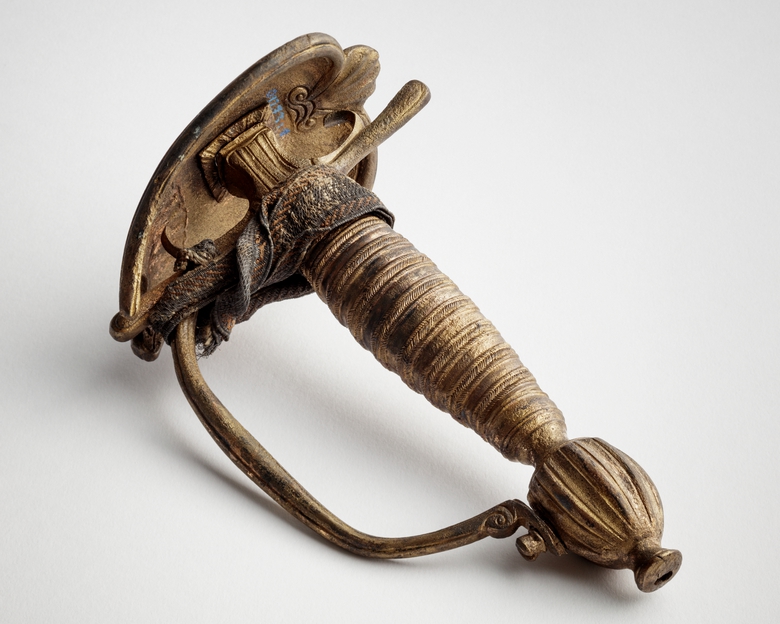
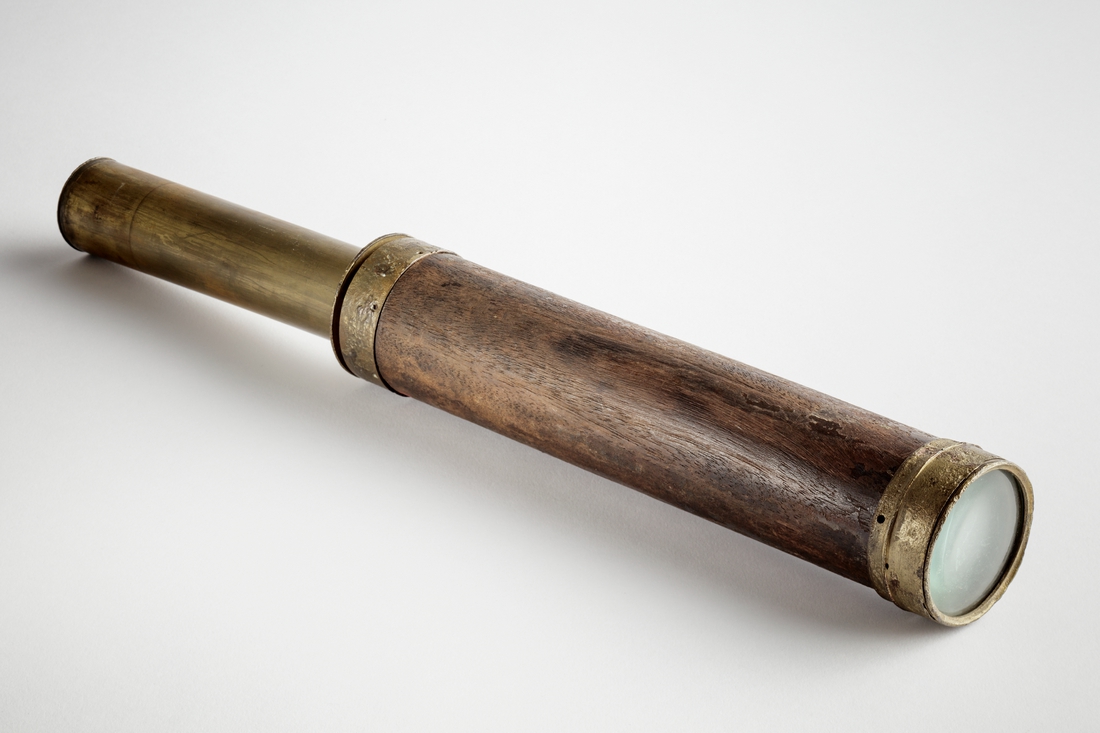
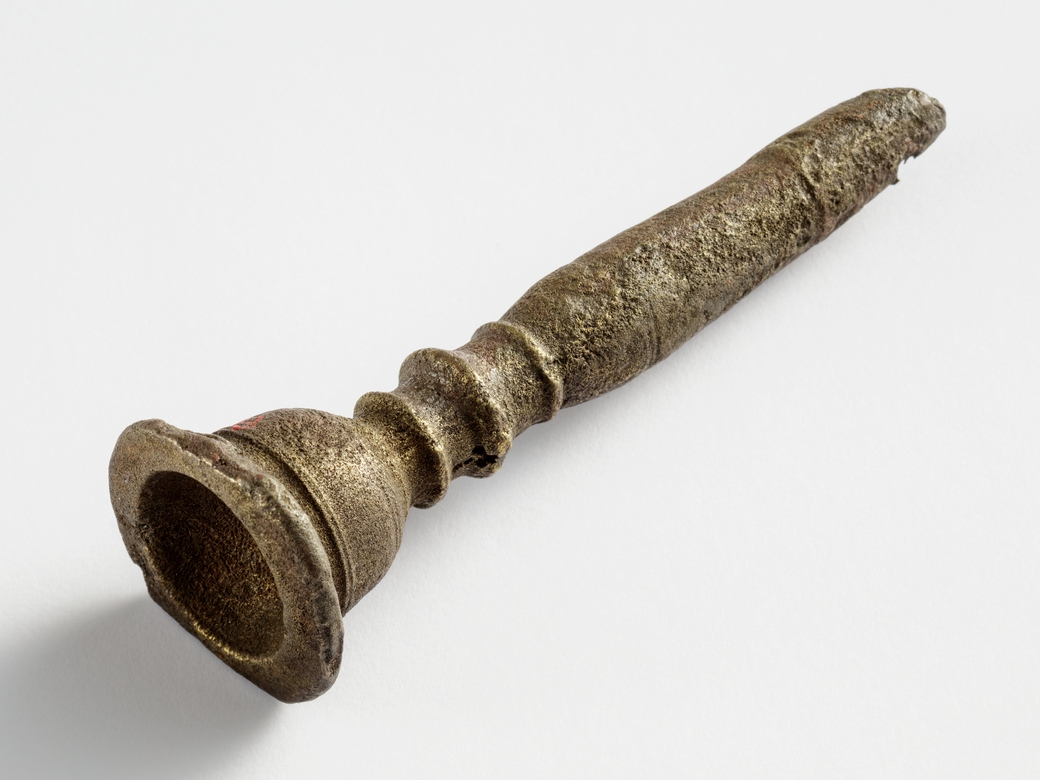
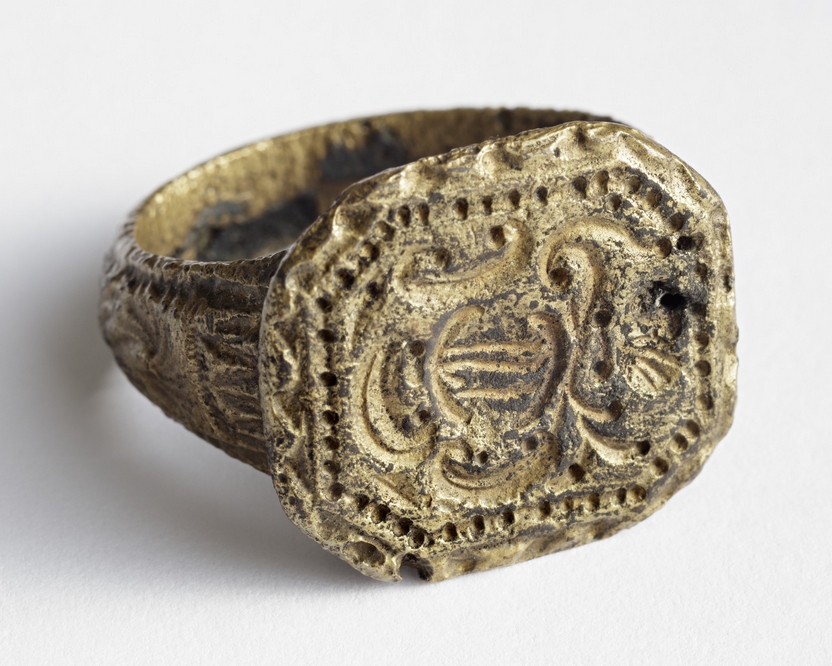
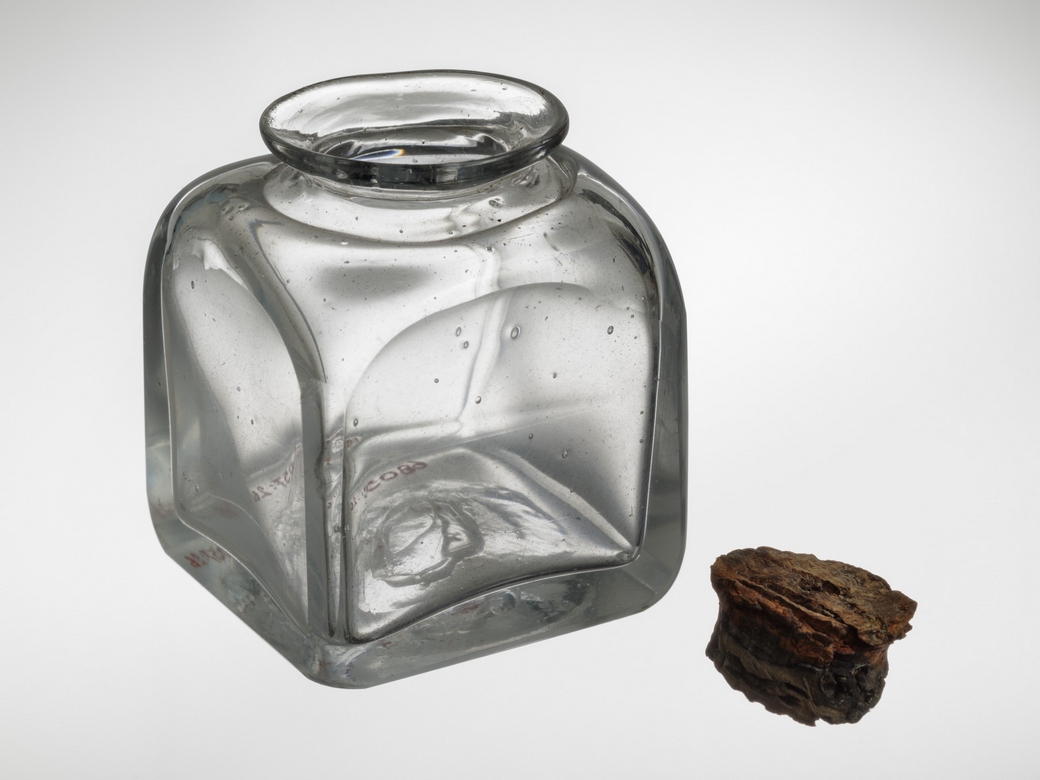
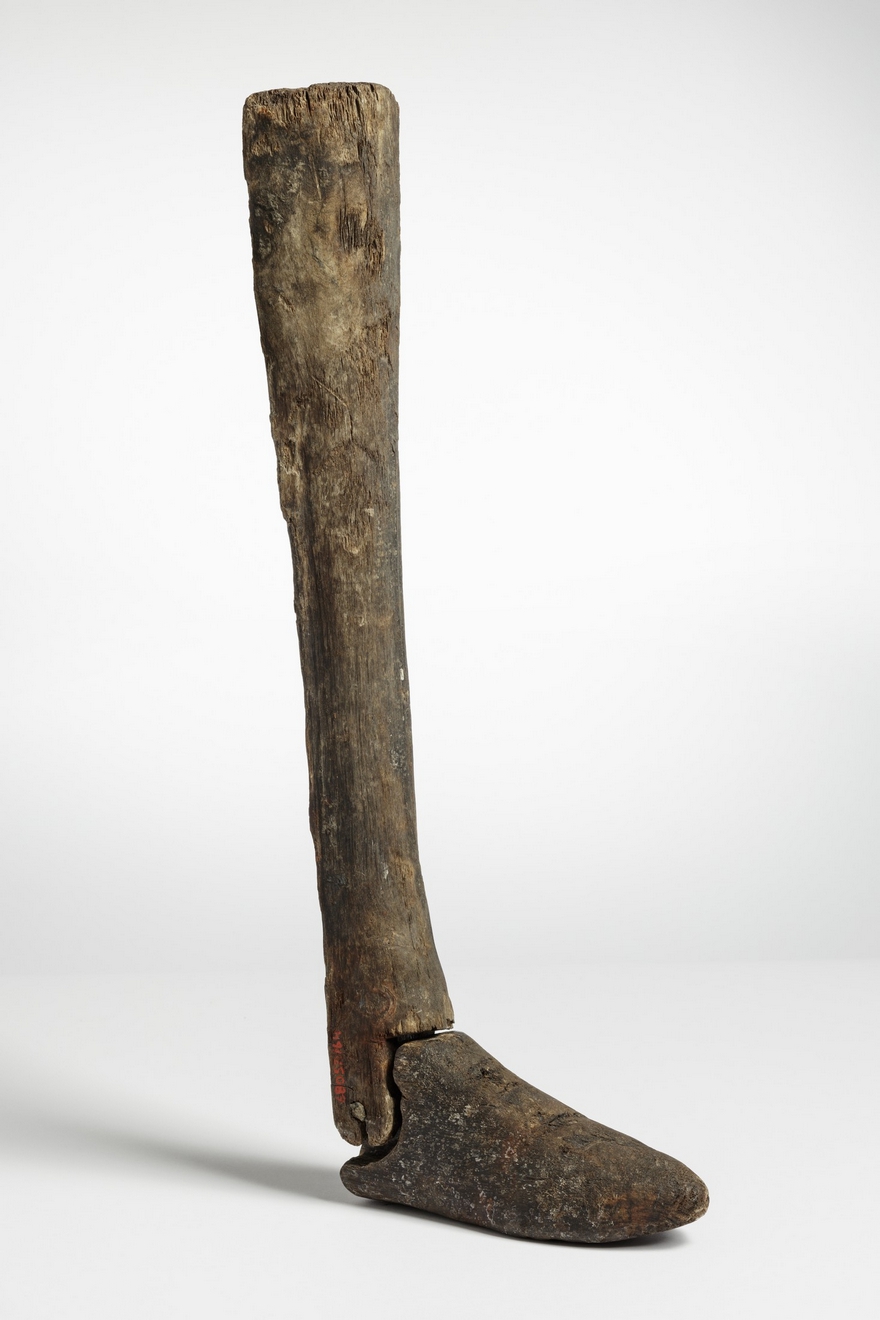
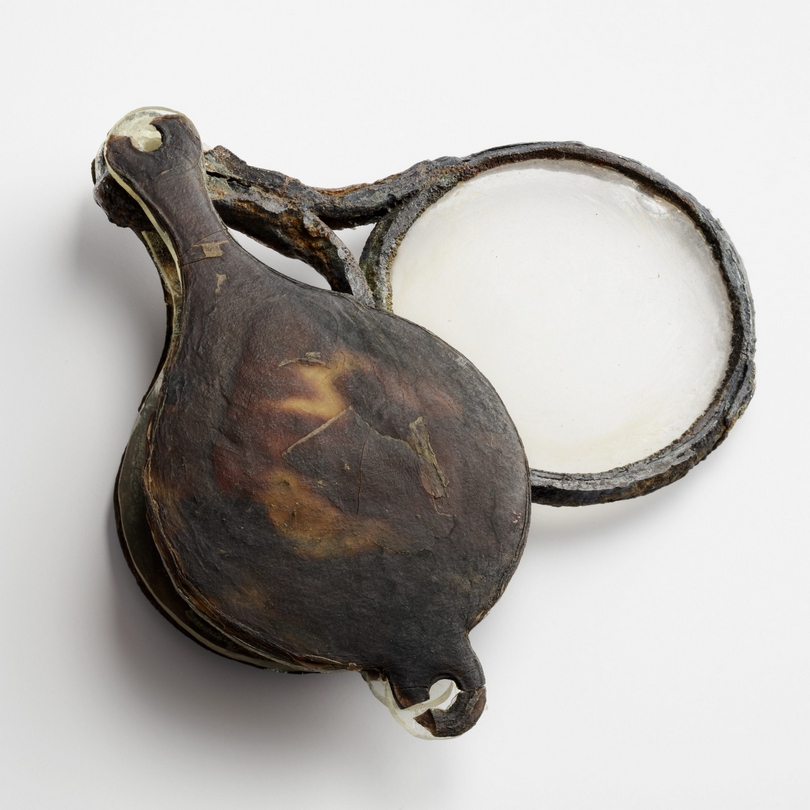
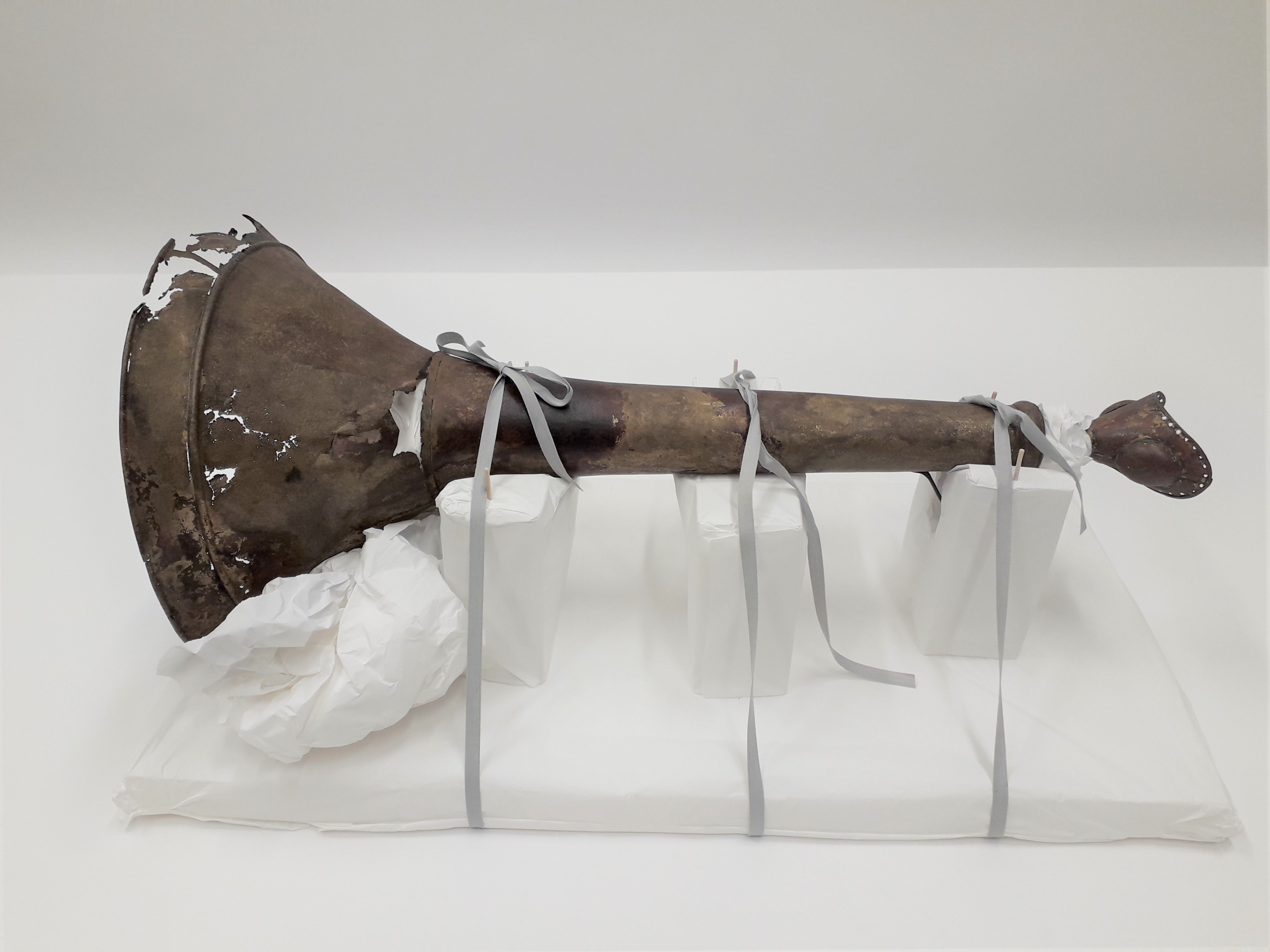
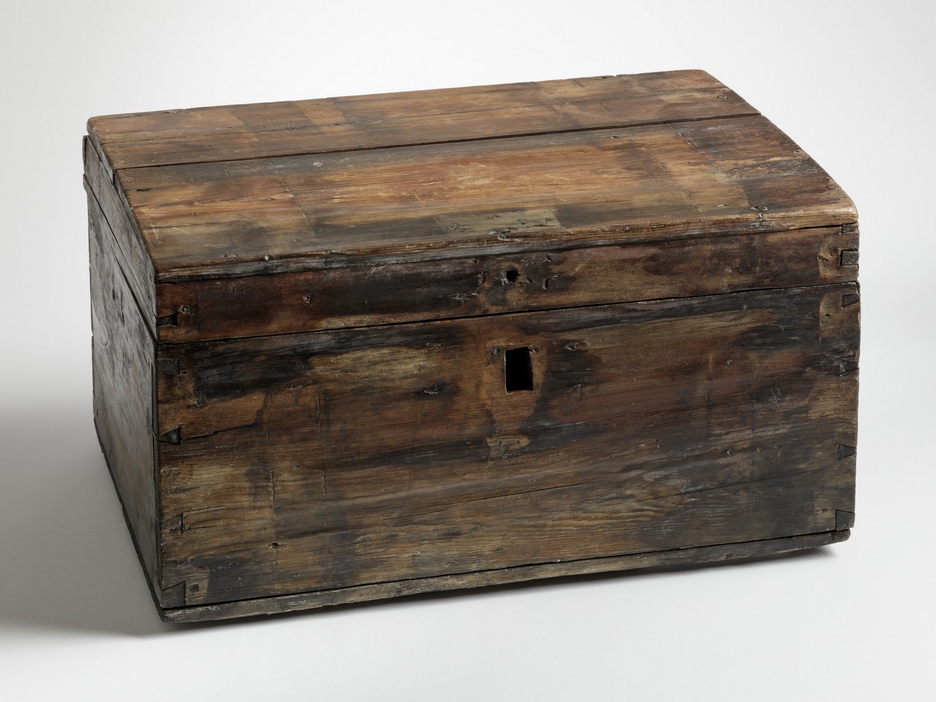
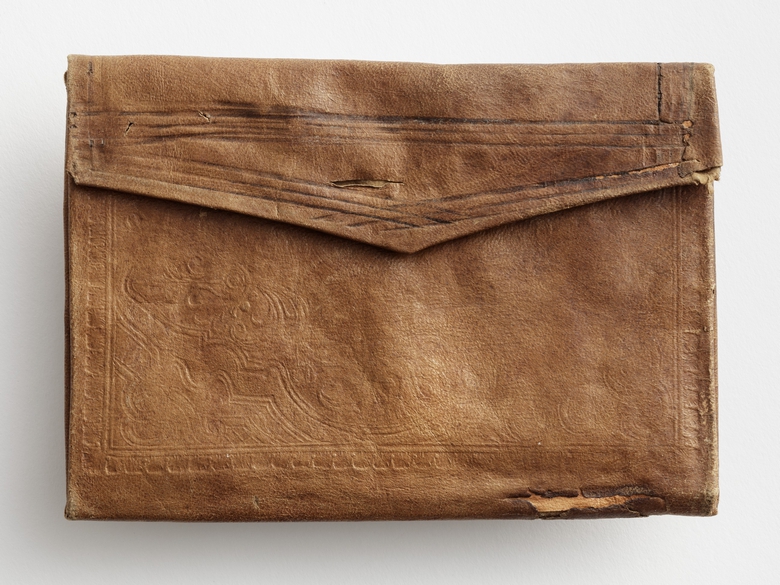
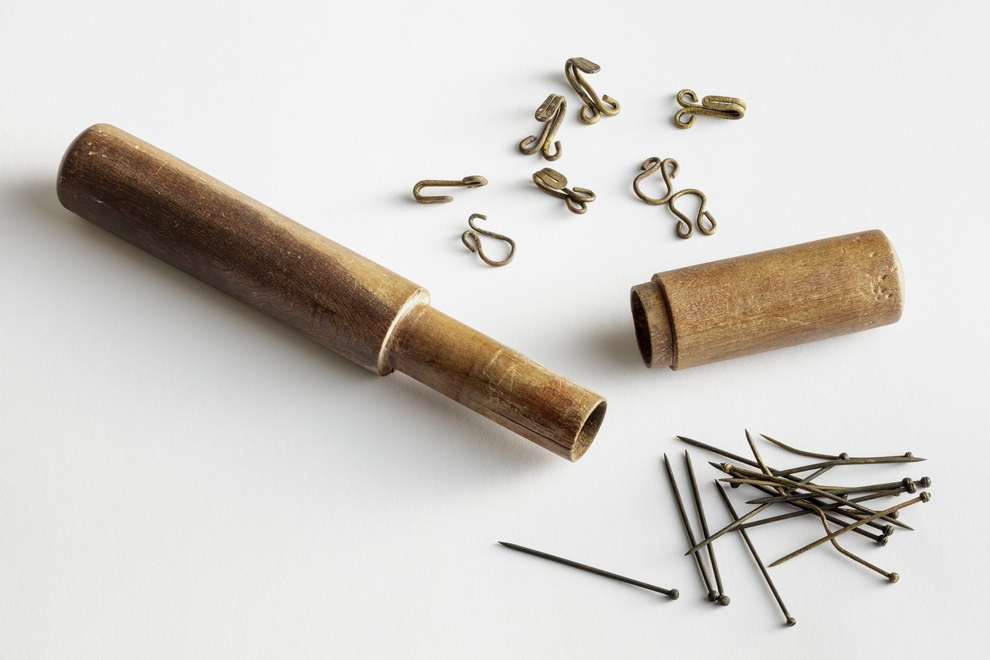
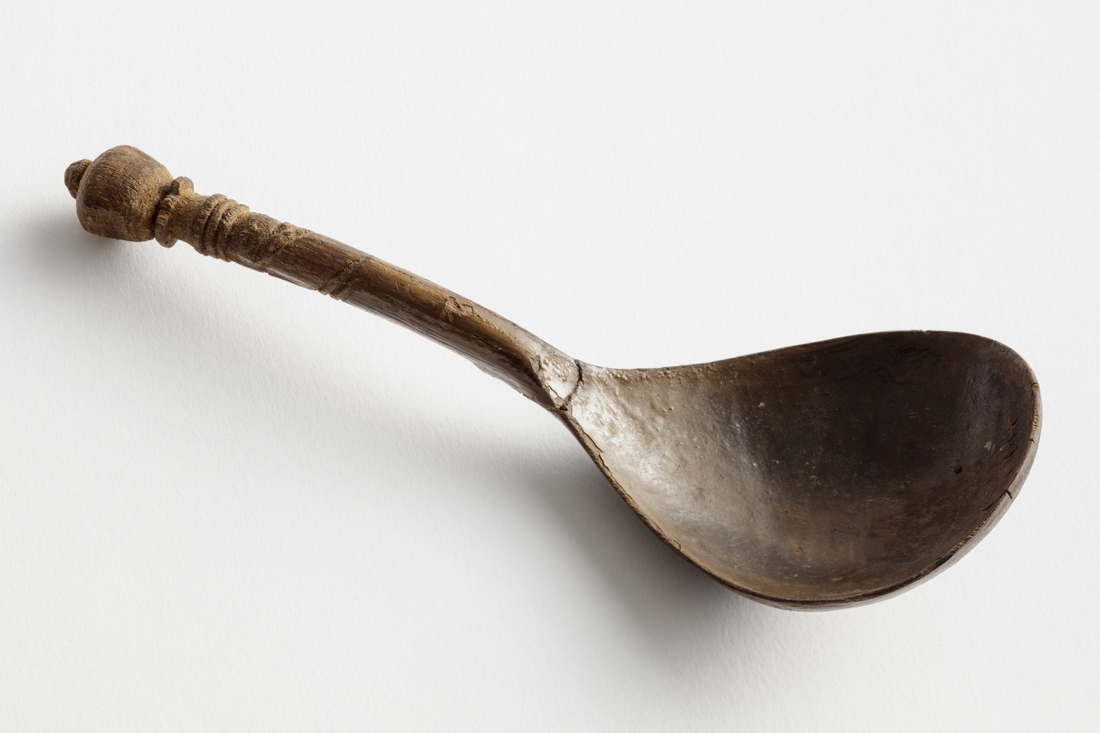
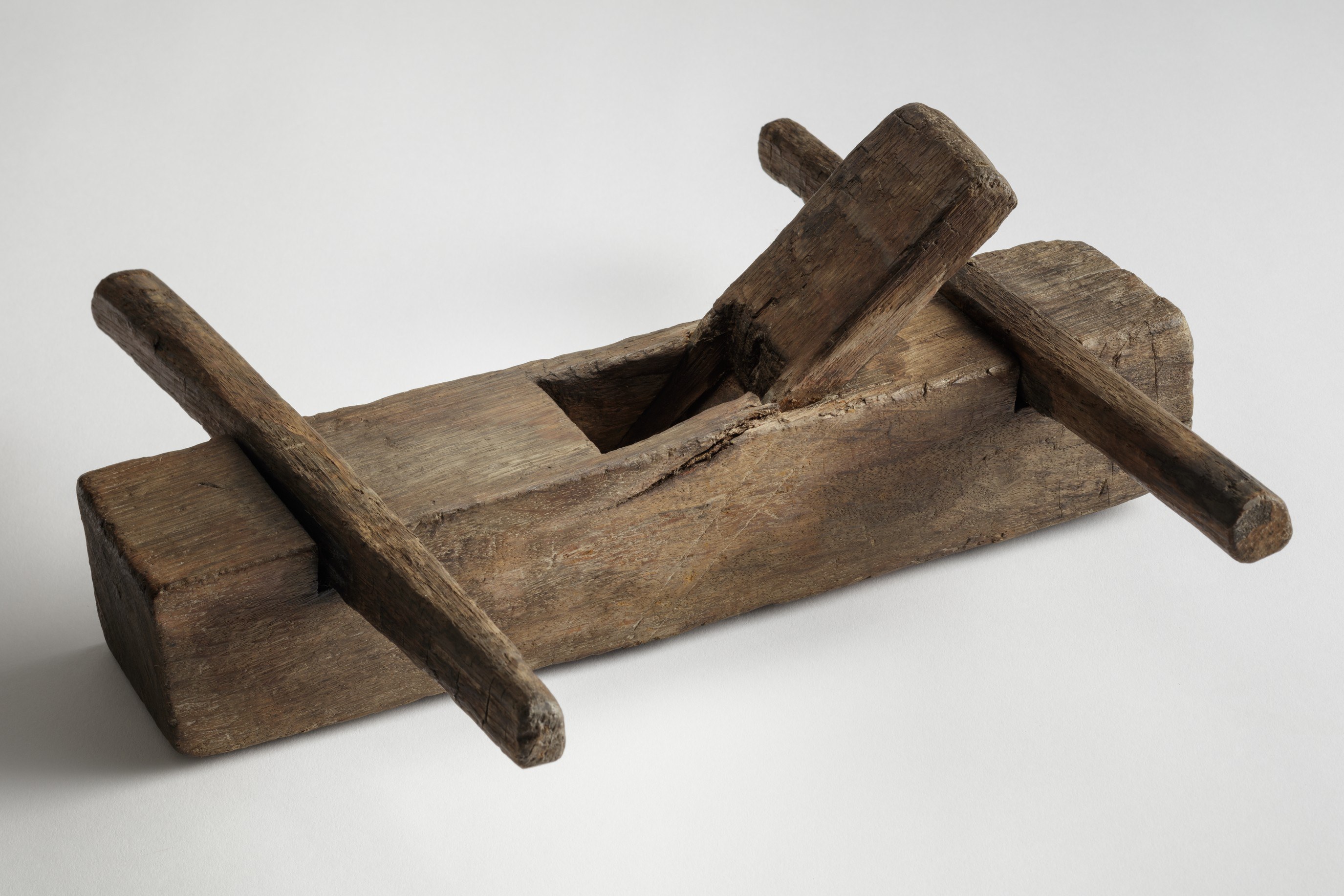
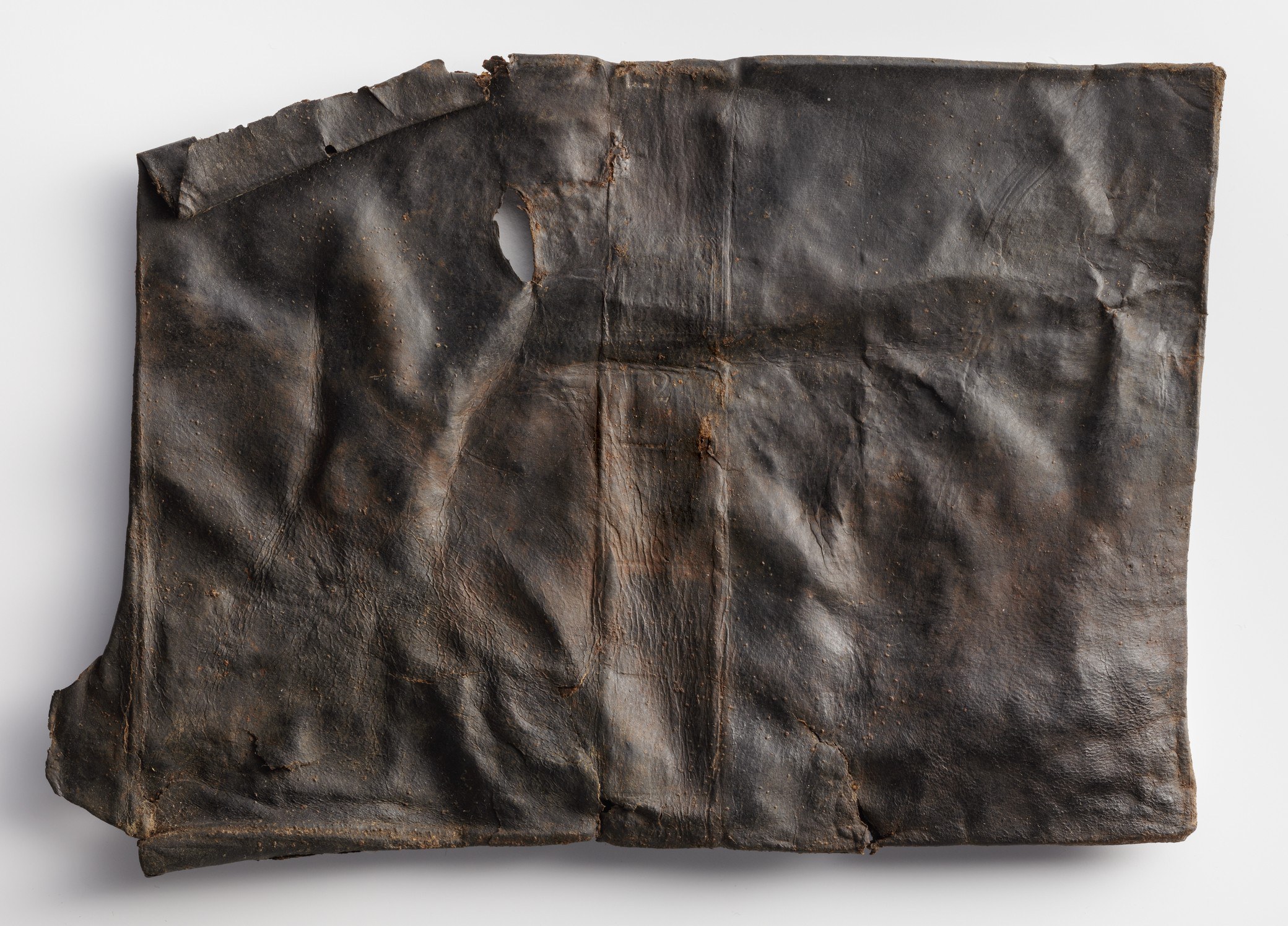
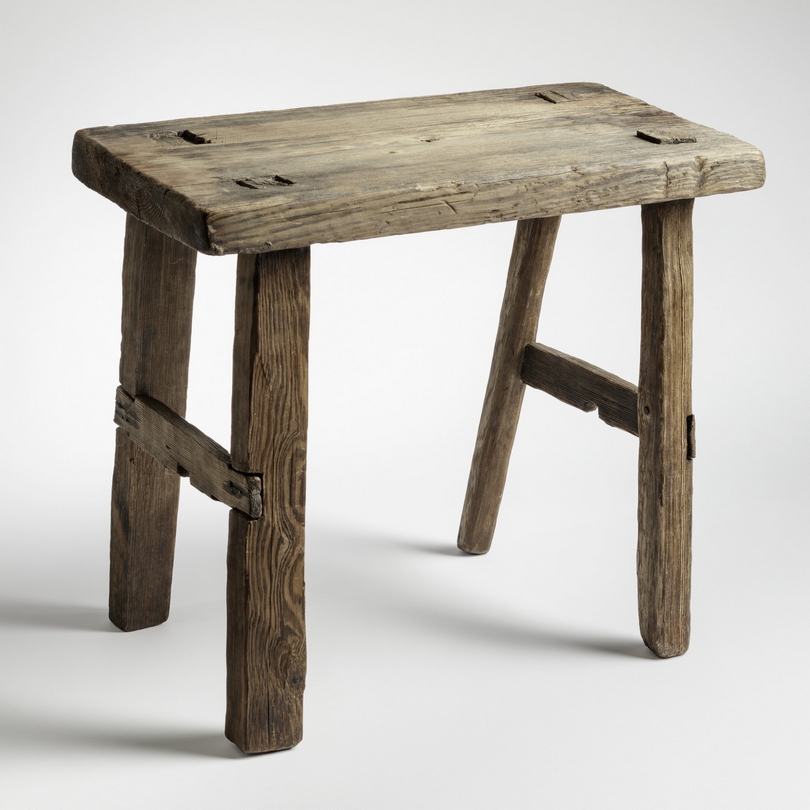
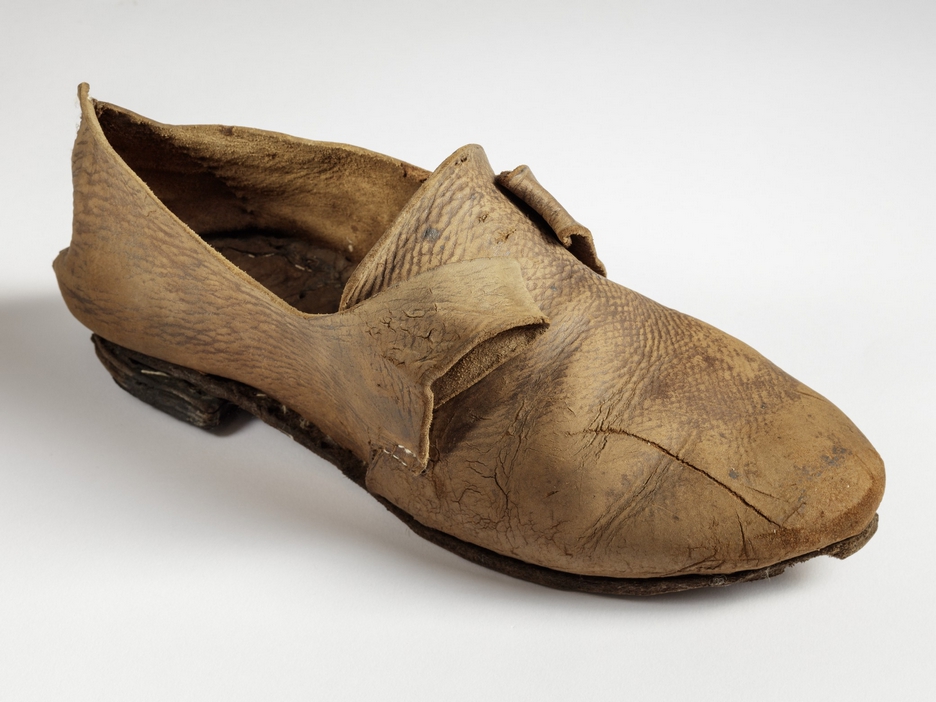
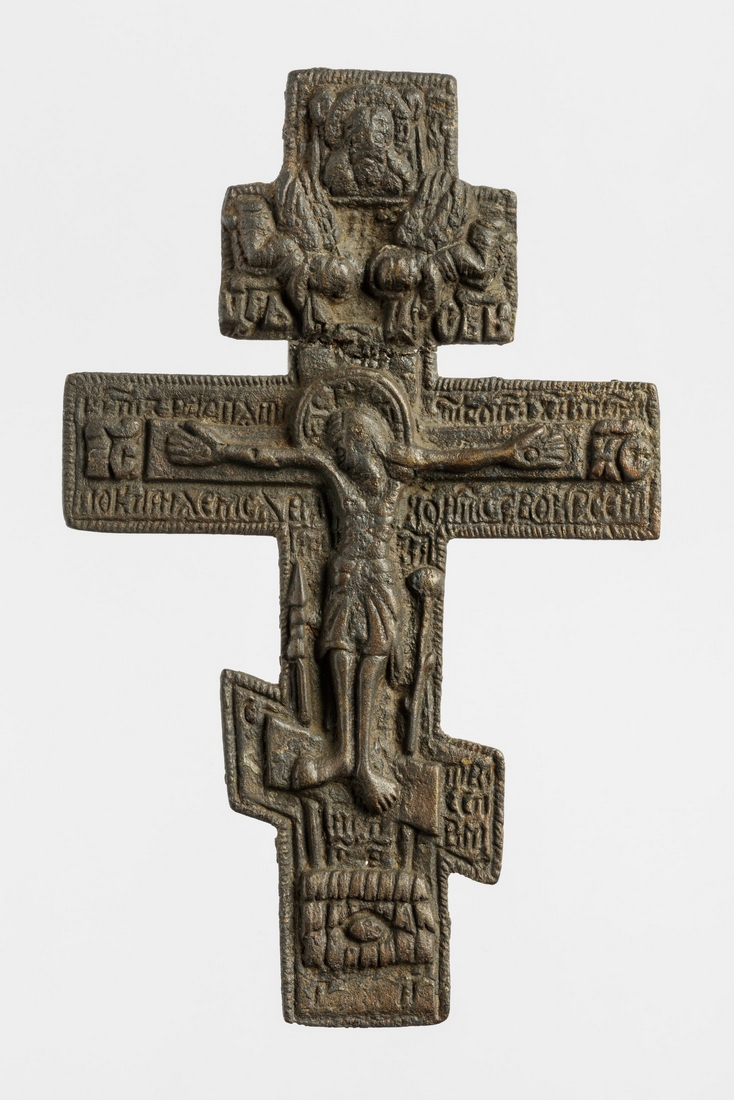
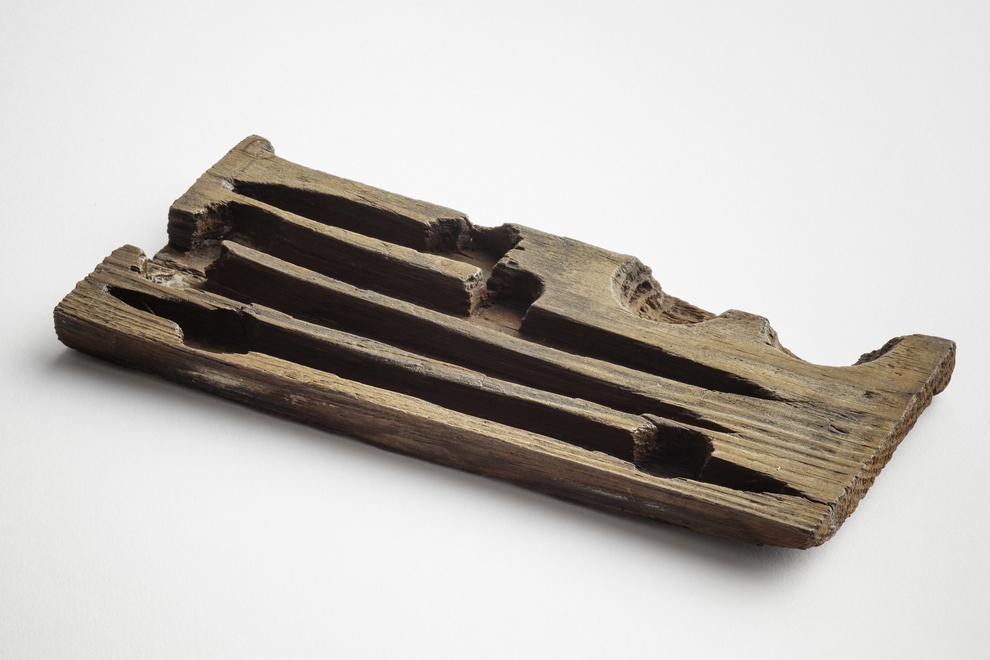
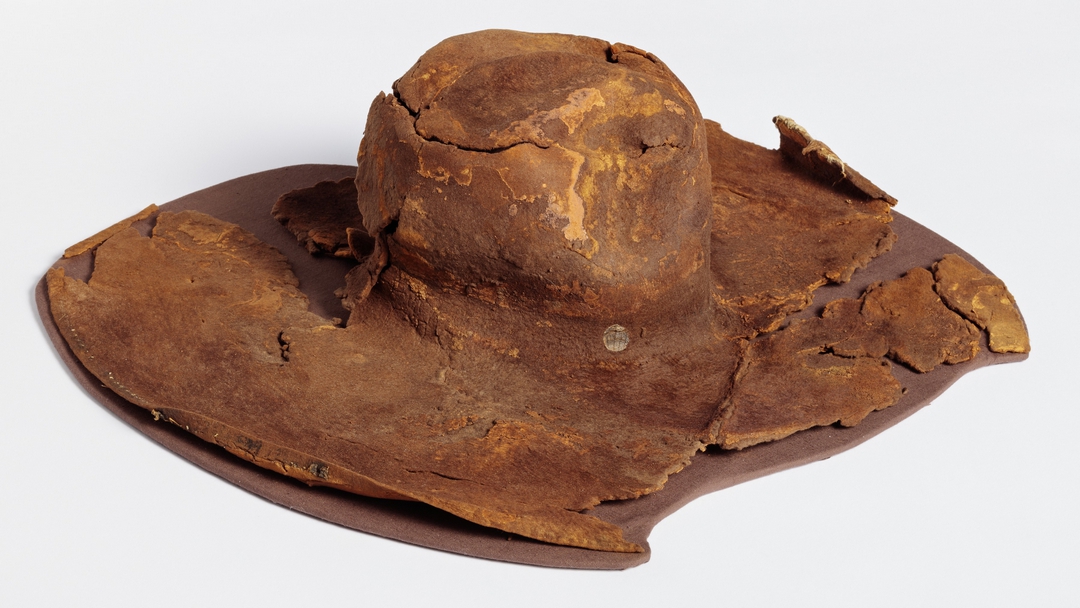
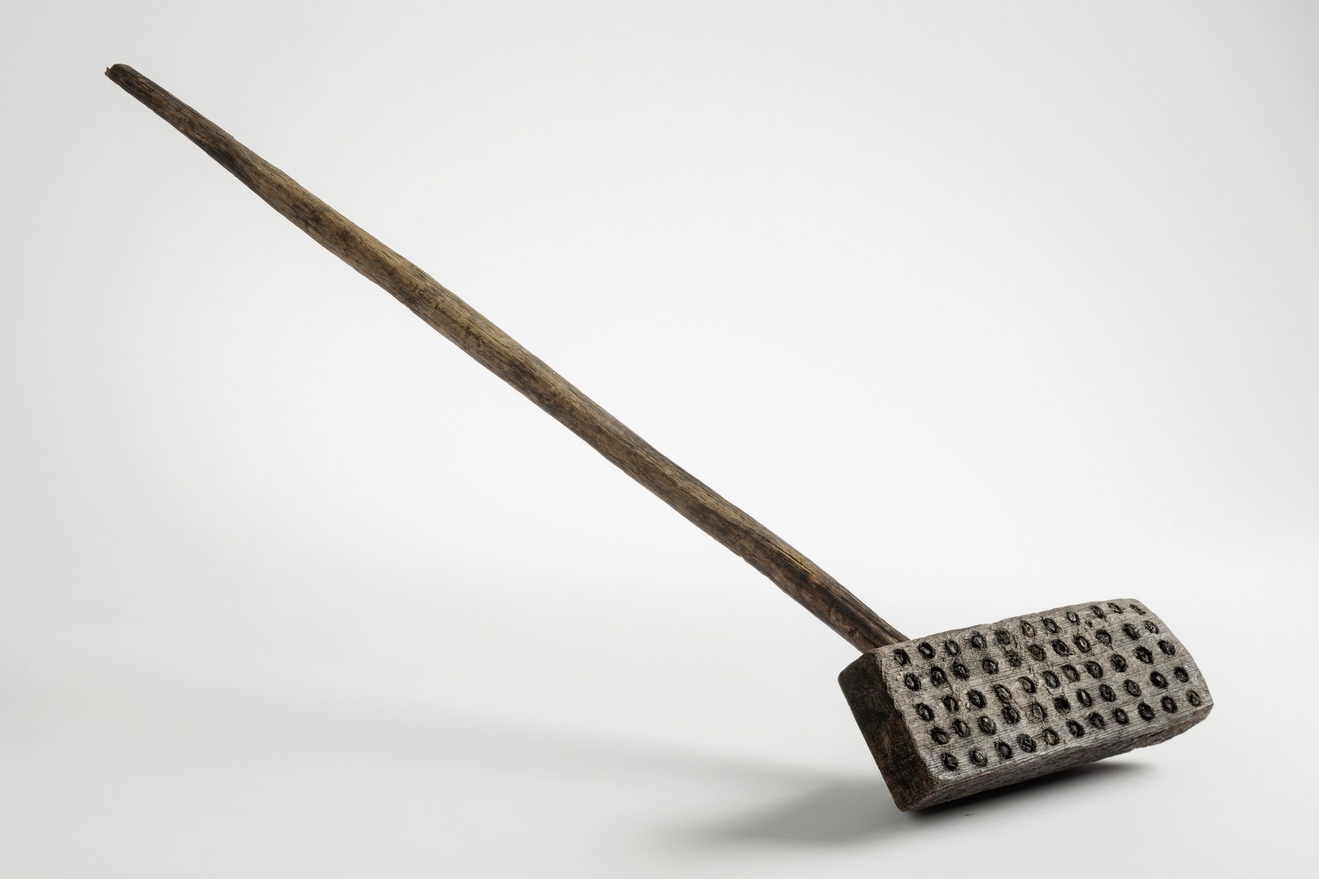
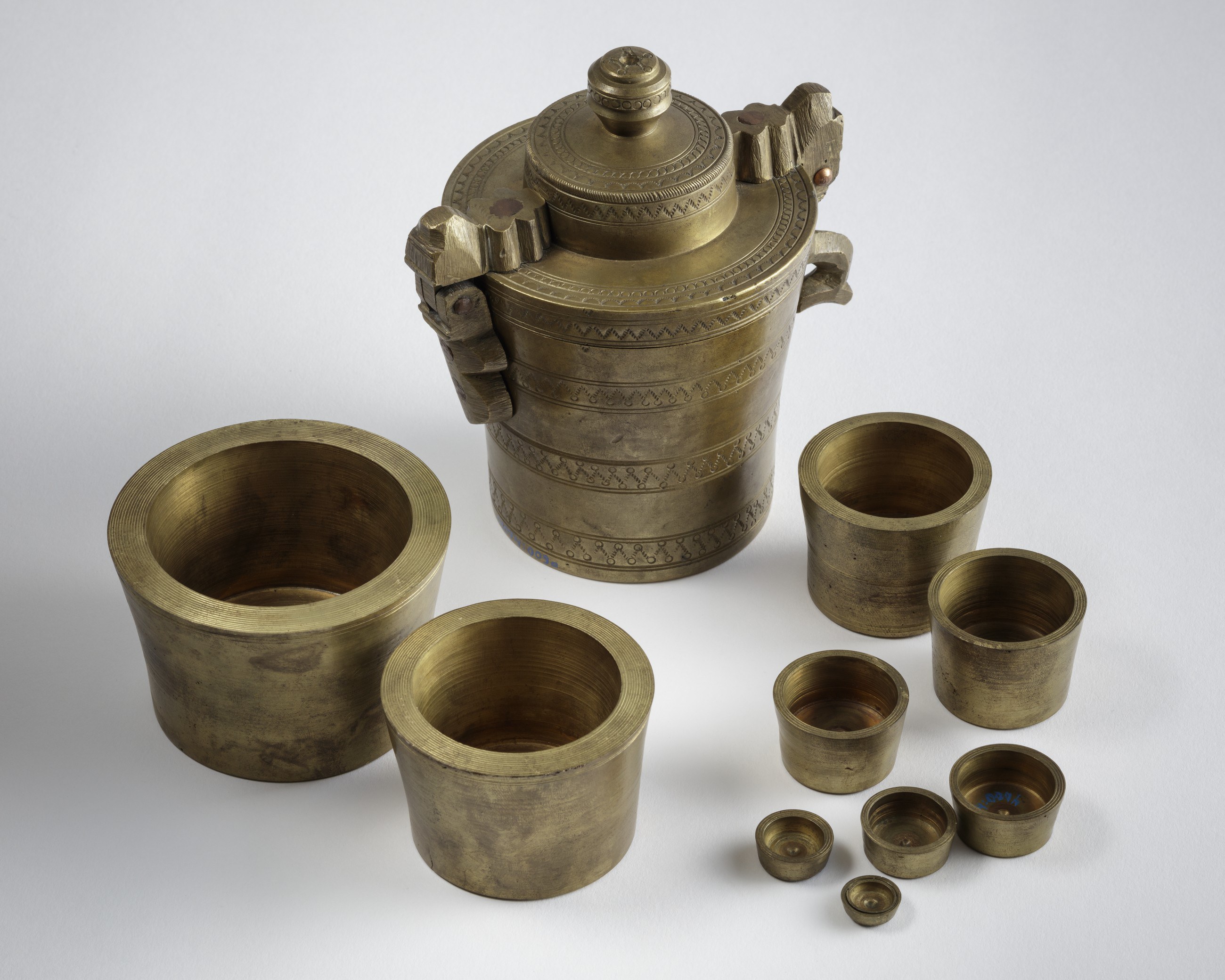
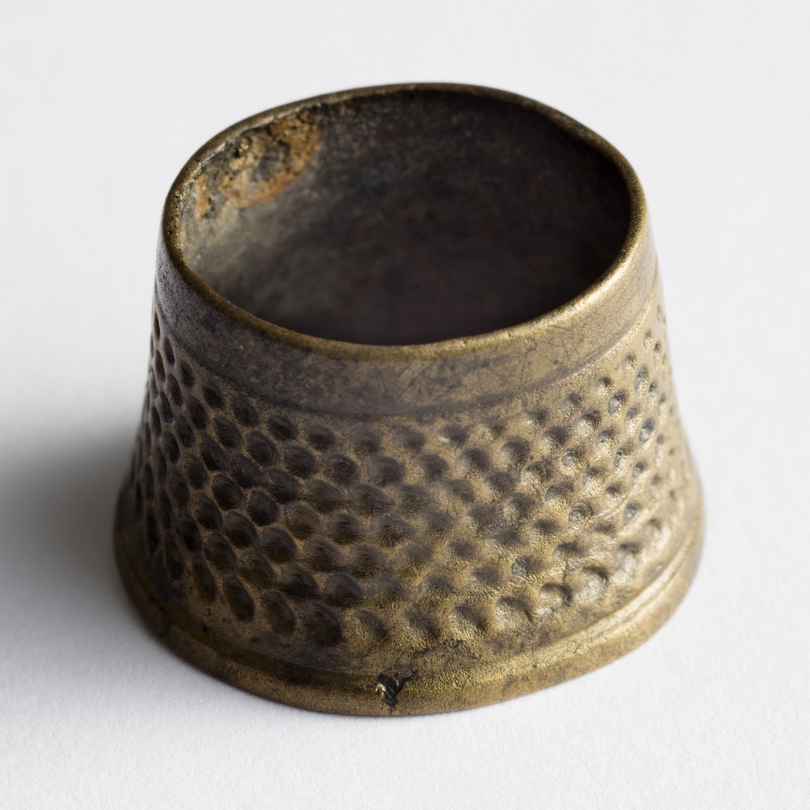
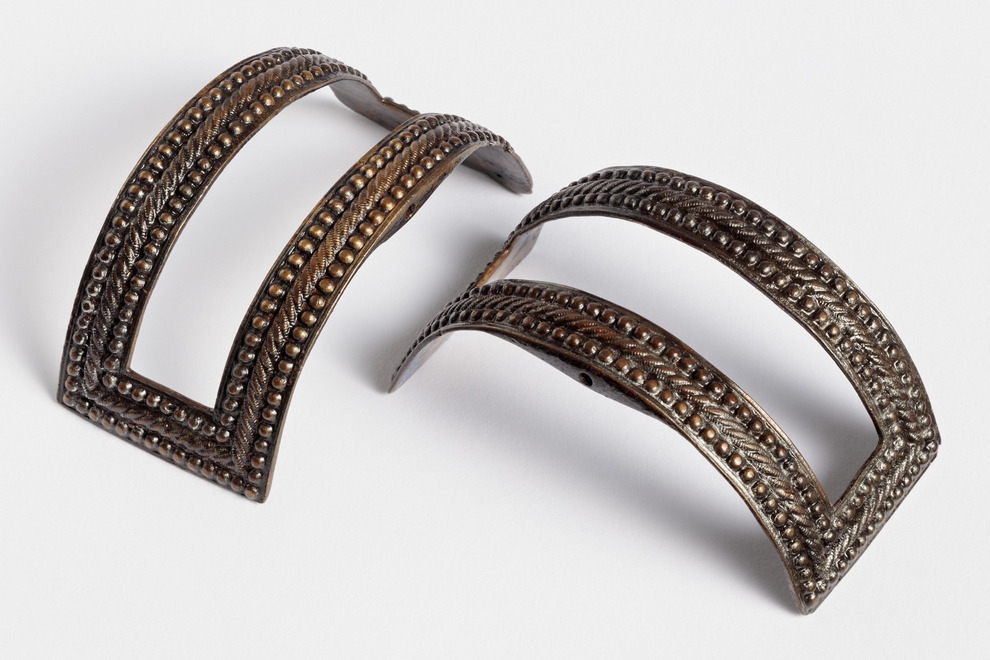
St. Nikolaihin aineistoja löytyy myös muualla verkossa:
Erään kampariipuksen tarina: https://www.kansallismuseo.fi/fi/kuukauden-esineet/2019/kampariipus-st-nikolain-hylystae
3D-mallinnos St. Nikolaista purjeet auki:
--ja purjeet kiinni:
3D-mallinnos St. Nikolain hylystä nykytilassaan:
Ääniartikkeli, Samuel E. Marshall: https://vellamo-kanava.fi/upseeri-samuel-e-marshall-audio/






















